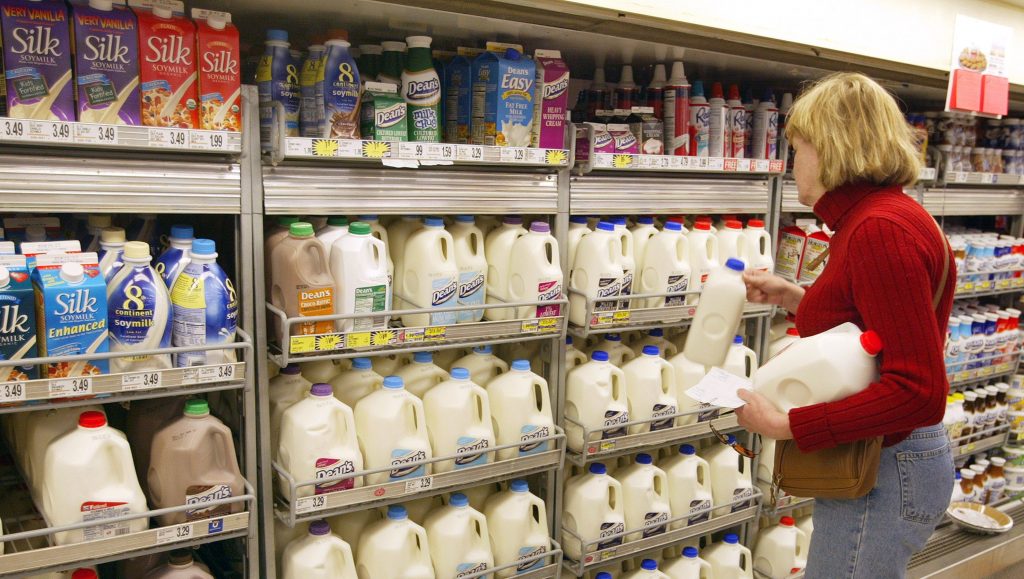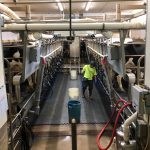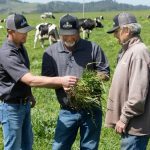
In fact, there’s an adage in the dairy industry along the lines of “only five people in the world know how milk is priced in the U.S. – and four of them are dead.”
But one factor that could push prices higher is rising temperatures caused by climate change.
Researchers have found that when temperatures spike, dairy cows may respond by producing less milk, “PBS NewsHour” reported. And with emissions threatening to make heat waves worse and lengthen warm seasons, that could mean less milk production from cows across the country.
Andrew Novakovic, the E.V. Baker professor of agricultural economics emeritus at Cornell University, told USA TODAY that “it’s certainly possible” that cows producing less milk could drive higher prices for consumers.
But many other factors could come into play, including the demand for milk, regulation of dairy costs from the federal government and the willingness of retailers to absorb price increases. Agriculture also plays its own role in global emissions of greenhouse gases.
“If production were to decrease relative to what people otherwise would have expected, there are plenty of mechanisms by which that tightening in production will result in a higher price, just like anything else would,” Novakovic said.
Stephen Devadoss, the Emabeth Thompson endowed professor at Texas Tech University, emphasized that warming temperatures could hit small farms the hardest because of the costs of keeping cows cool with fans and more.
“For them to survive, they need to see higher prices for milk,” he said. “If the price does not go up as much as the cost of production, then many farmers are going to go out of business.”
Novakovic agreed that farmers are going to have to take on the initial costs of keeping their cows comfortable, whether that means using cooling systems more frequently or intensively than usual.
“There are days that are more extreme, which is entirely consistent with climate change scenarios, and those more extreme days could very well be putting some folks into a place their current existing management systems aren’t really designed to deal with,” he said.
“This is definitely a thing to pay attention to and could become an issue, but also to say there are systems in place to deal with this.”
So with the prices of grocery staples already increasing for many families, rising temperatures could signal bad news for dairy farmers and consumers alike.

























